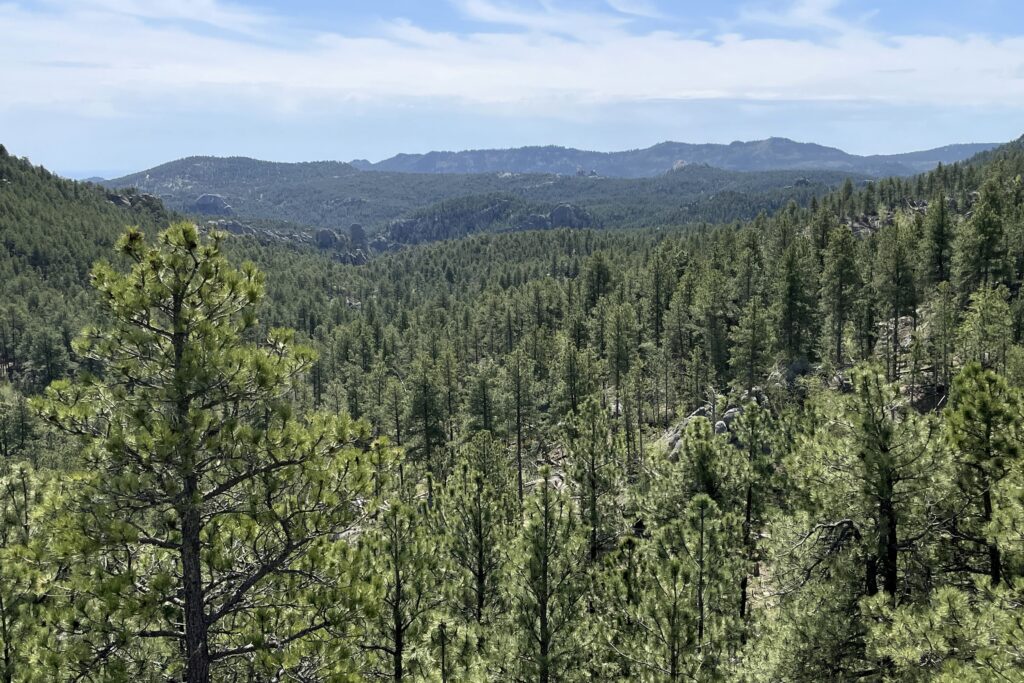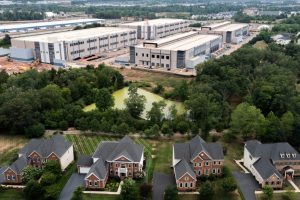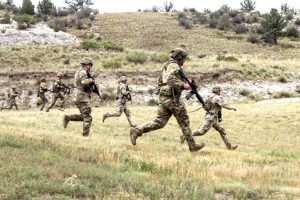
A May 2024 view of the Black Hills National Forest in South Dakota. (Seth Tupper/South Dakota Searchlight)
Americans have long enjoyed the practical and romantic aspects of the West. The West has provided us with minerals, timber, energy and space to roam freely for generations. We have a wonderful asset in the West — our public lands — which are owned by the people of the United States and held in trust for us by the federal government. Anybody can go out there and recreate, for free, any time, and that is a good thing for all of us.
Congress previously recognized the value of the public lands, declaring that these lands would remain in public ownership in an act known as the Federal Land Policy and Management Act. The U.S. Forest Service, the National Park Service and the Bureau of Land Management are each commissioned in FLPMA to allow a variety of uses on their managed lands. Most of the public land in the West is thus managed under a nonexclusive shared-use arrangement. Lands for grazing, mining and logging — or all three — typically remain open to the public for hiking, hunting and camping.
Utah’s Mike Lee to make new attempt to sell off public lands in US Senate mega-bill
“Multiple use” is defined as “management of the public lands and their various resource values so that they are utilized in the combination that will best meet the present and future needs of the American people.” FLPMA addresses topics such as land use planning, land acquisition, fees and payments, administration of federal land, range management, and rights-of-way on federal land. Local communities are empowered to ask for transfers to accommodate growth patterns.
Sen. Mike Lee, R-Utah, chairman of the Senate Energy and Natural Resources Committee, has proposed significant changes to the manner in which public lands are sold. He seeks congressional action to bypass FLPMA and its requirements, instead claiming that the “housing crisis” can be eased if only the federal government will sell off millions of acres of public land to developers. That’s nonsense, and those proposals have drawn significant criticism for good reasons.
Previous homestead acts have done much to foster private land ownership in the U.S. Those effects are undeniably positive. But Sen. Lee’s proposal isn’t a homestead act, and it fails to take into account that the land in the West which is capable of human habitation has by and large already been claimed. There’s little water, even less infrastructure and where those shortfalls can be blunted, the cost of developing housing in those locations is significantly higher than in already settled areas. Think of the expense of drilling (and maintaining) a fresh water well for each home, along with the needs for electricity, telecommunications, solid and liquid waste, and you can easily determine that further developing wild land for housing results in costs that can’t be recovered.
Further, Sen. Lee’s proposals have not been subjected to hearings or formal input as he seeks to put them in the One Big Beautiful (budget reconciliation) Bill currently under consideration in Congress. While it’s true that the Senate parliamentarian ruled the Lee Amendment out of order with respect to that bill, Sen. Lee continues to push his proposal in the media, and in Congress. Senators Thune and Rounds have not declared their positions on his proposal to my knowledge. While maps show that South Dakota does not have any parcels for sale, Lee’s original proposal put parcels in the Wyoming Black Hills on the chopping block. Lee has since said he would alter the proposal to include only Bureau of Land Management land within 5 miles of a population center and exempt U.S. Forest Service lands altogether.
Americans need space to be free, and fortunately we have it still. We need wild spaces in America to allow for the continuation of the frontier spirit that made us who we are as a people.
GET THE MORNING HEADLINES.





